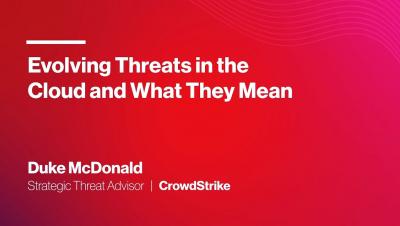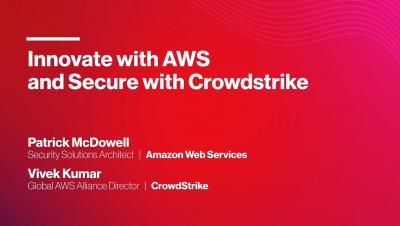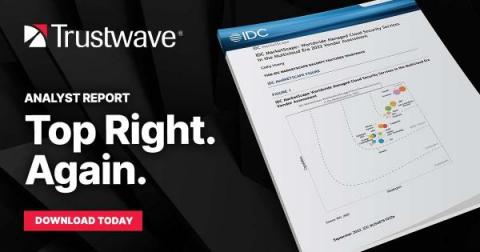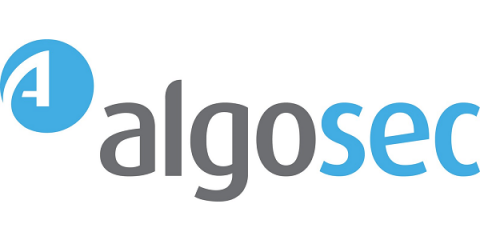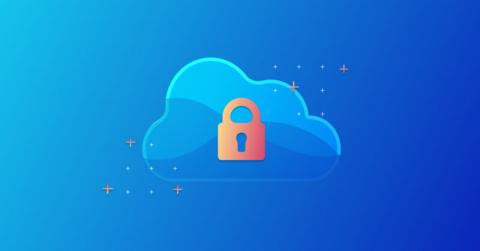Cloud security fundamentals part 2: Prevention and secure design
In our previous blog breaking down The 5 Fundamentals of Cloud Security, we discussed the importance of knowing your environment. Teams need to have a comprehensive inventory of their cloud environments to have a clear understanding of the security risks that might exist within. With that in mind, let’s explore the importance of vulnerability prevention and secure design working together to keep threat actors from gaining meaningful access to your organization’s cloud control plane.






